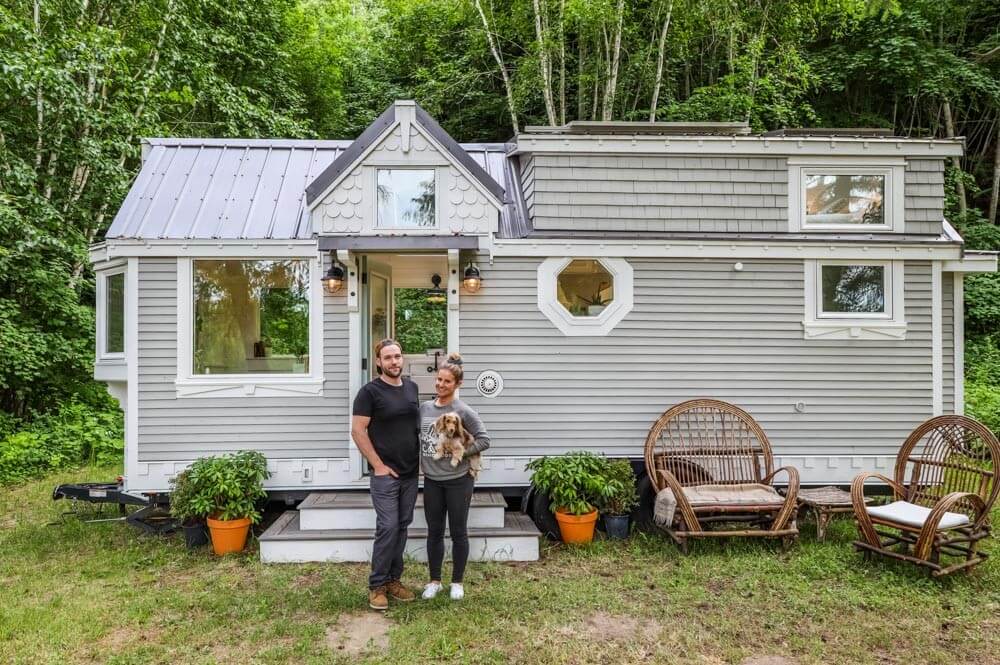As we navigate the complexities of modern life, many of us are beginning to realize that bigger isn’t always better. The desire for simplicity, sustainability, and a more streamlined existence has led to the rise of a fascinating trend: tiny homes. These petite abodes, often measuring no more than a few hundred square feet, are redefining the way we think about living and challenging traditional notions of what a home should be.

For some, the decision to downsize is driven by economic necessity. The financial burden of maintaining a large house, with all its attendant expenses – mortgage payments, utility bills, and maintenance costs – can be overwhelming. In contrast, tiny homes offer a relatively affordable alternative, allowing owners to allocate their resources more efficiently.
Others, however, are motivated by a desire to break free from the constraints of materialism. In an era where consumerism and clutter seem to dominate every aspect of our lives, tiny homes represent a refreshing rejection of excess. By stripping away the unnecessary, owners can focus on what truly adds value to their lives: relationships, experiences, and personal growth.
One of the most compelling aspects of tiny home culture is its emphasis on creativity and resourcefulness. Without the luxury of sprawling spaces, owners must be clever and adaptable, finding innovative solutions to everyday challenges. From space-saving designs to repurposed materials, tiny homes are a testament to the power of human ingenuity.
Of course, the downsizing journey isn’t without its challenges. The most significant hurdle, perhaps, is the need to redefine our relationship with possessions. In a society that often equates success with accumulation, letting go of cherished items can be difficult. However, this process of paring down can also be liberating, allowing us to reevaluate our priorities and focus on what truly brings us joy.
Another concern for many would-be tiny home dwellers is the perceived lack of comfort and amenities. Can a small space truly provide the same level of relaxation and entertainment as a large house? The answer, surprisingly, is yes. With careful planning and design, tiny homes can be remarkably cozy and functional, incorporating everything from plush furniture to state-of-the-art appliances.
As the tiny home movement continues to gain momentum, it’s clear that this is more than just a passing fad. It represents a fundamental shift in our values and aspirations, a growing recognition that happiness and fulfillment aren’t necessarily tied to the size of our living space.
In fact, many tiny home owners report feeling a sense of liberation and freedom that they never experienced in their larger homes. Without the weight of maintenance and upkeep, they’re able to pursue their passions and interests with renewed energy and enthusiasm.
So, is the tiny home lifestyle right for everyone? Probably not. But for those who are willing to challenge their assumptions and rethink their priorities, the rewards can be substantial. By embracing the principles of simplicity, sustainability, and creativity, we can discover a more authentic, more meaningful way of living – one that’s truly bigger than the sum of its parts.
As we look to the future, it’s exciting to consider the possibilities that tiny homes represent. Whether you’re a seasoned minimalist or just starting to explore the downsizing journey, there’s no denying the allure of this bold, inspiring movement. Who knows? You might just find that the smallest of spaces holds the greatest of dreams.





